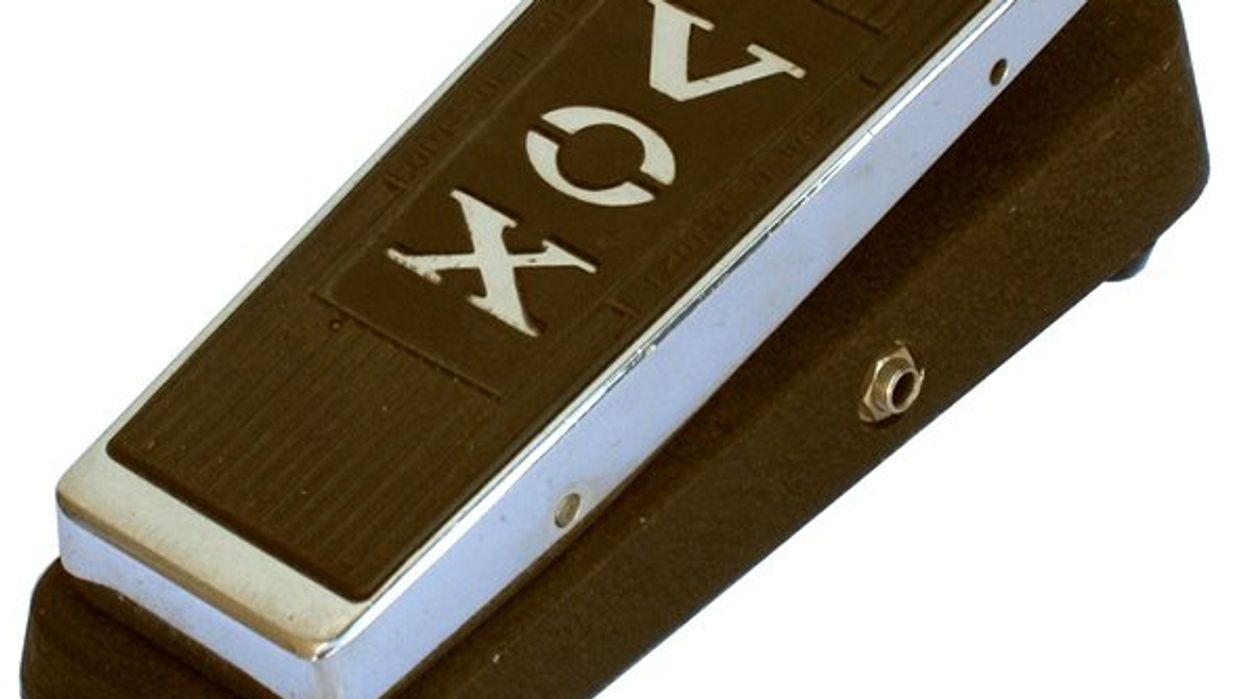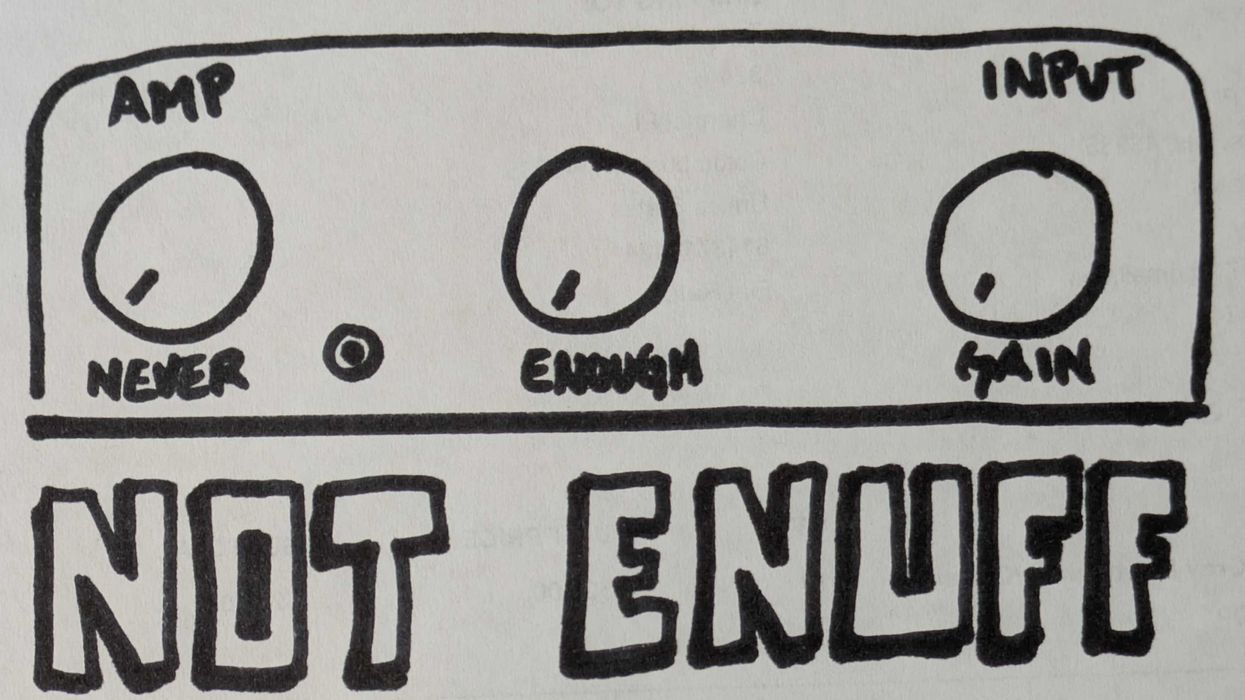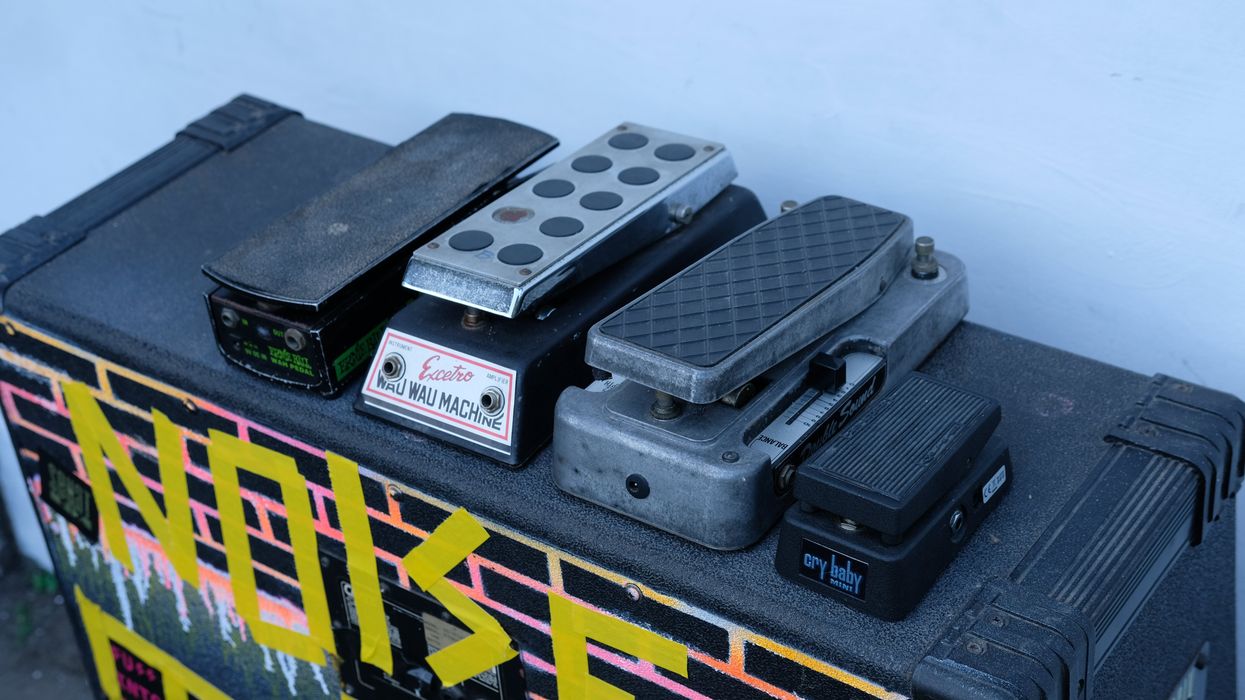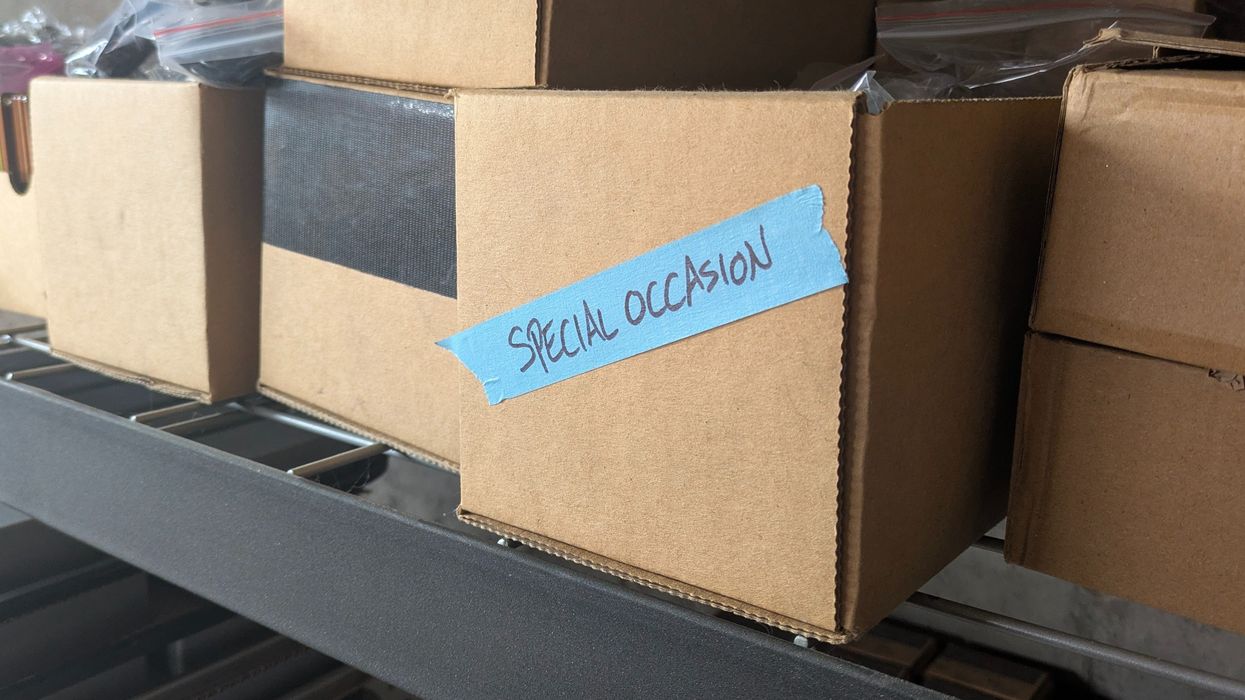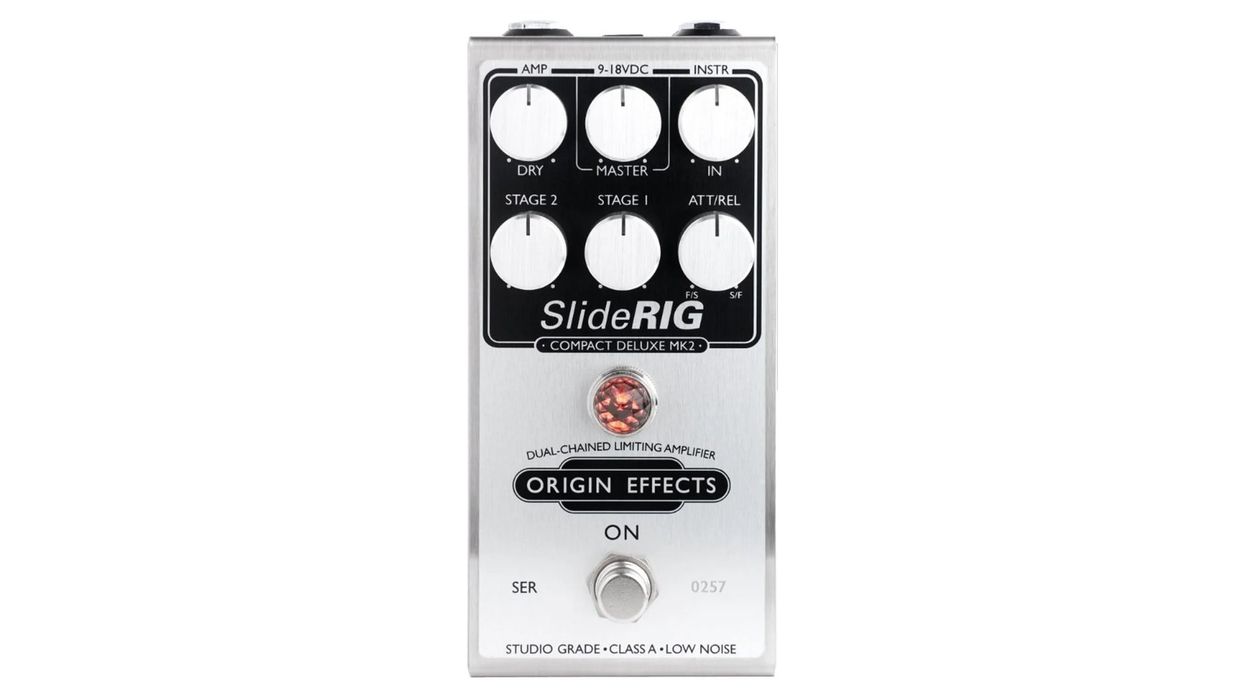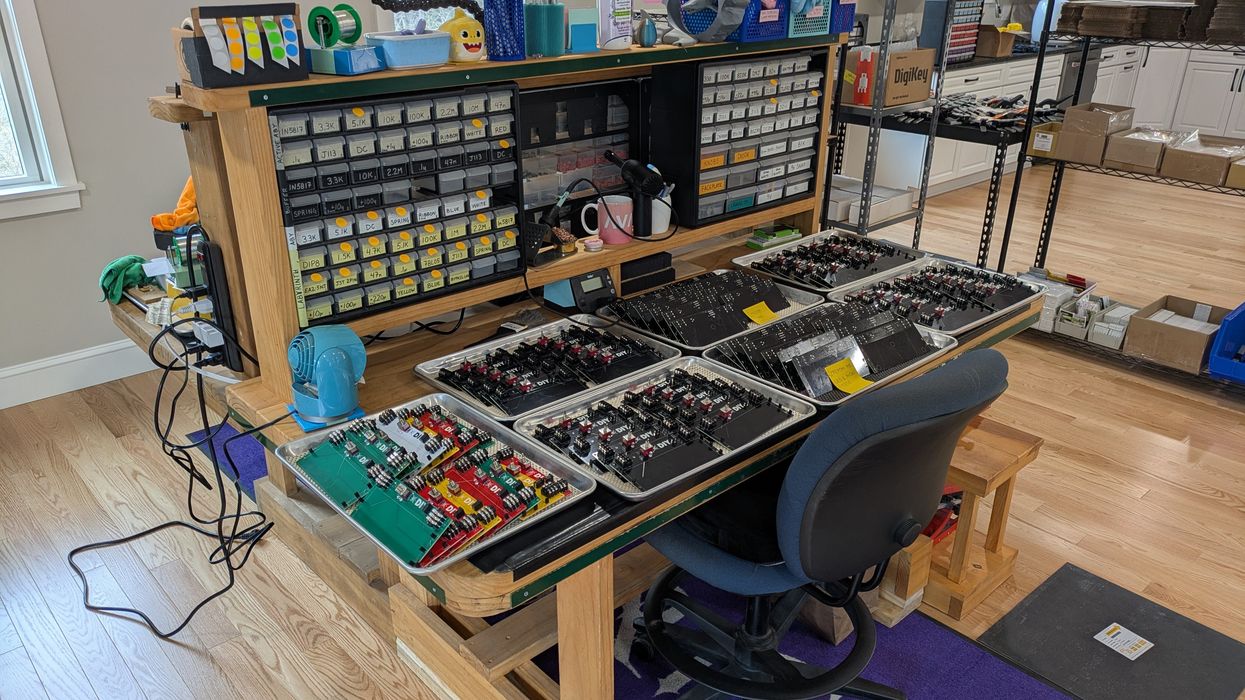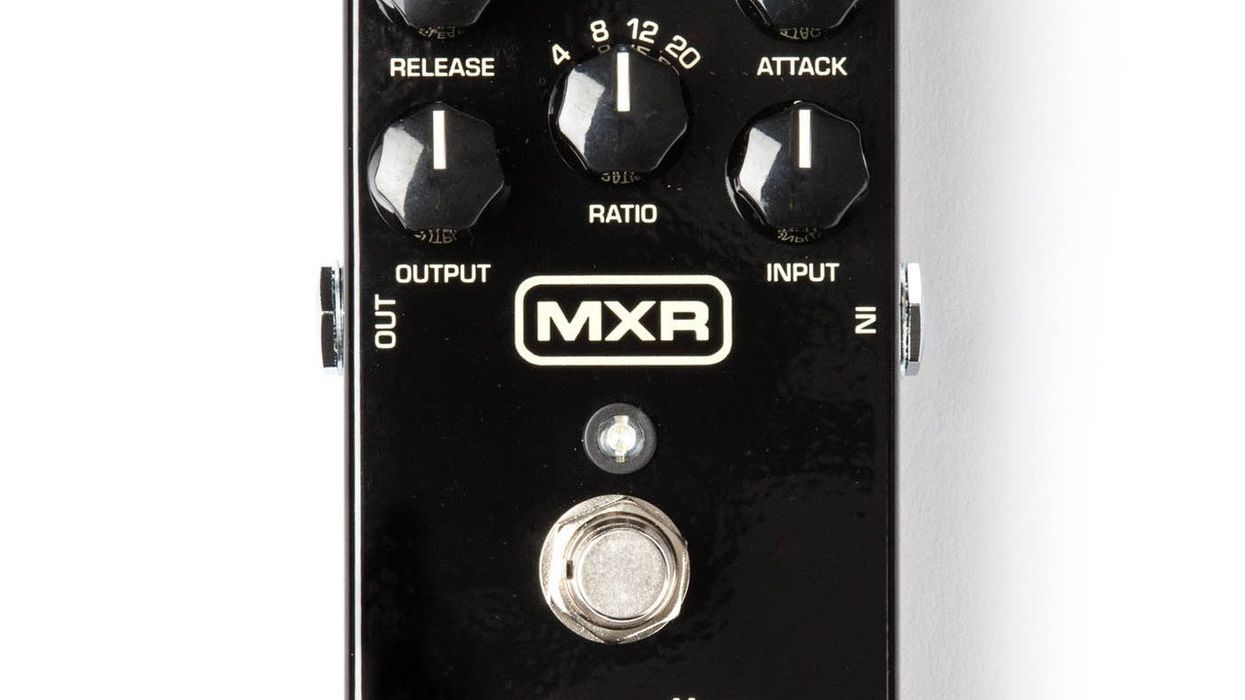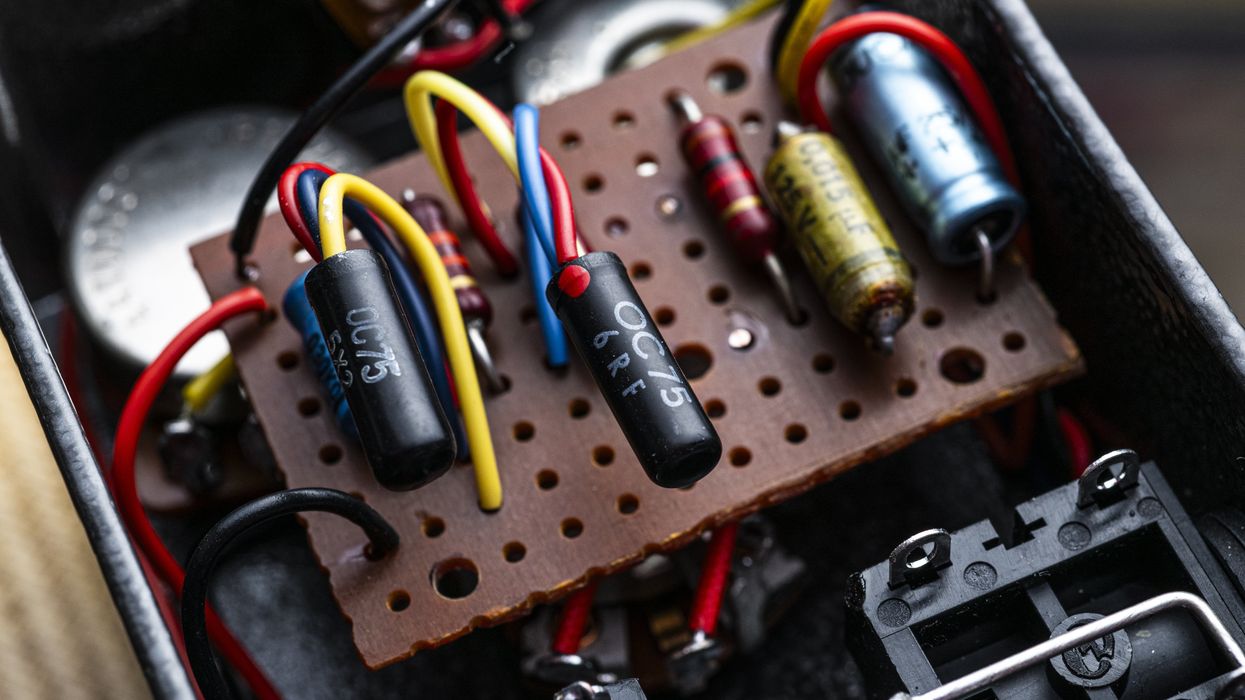In the universe of guitar gear, artist-endorsed products are as common as stars in the night sky. Decades ago, signature pedals only had household names on them, but these days, manufacturers are tailor-making guitar gear for niche guitar players as well, and offering these bespoke creations to the rest of the public, too.
While many, if not most, pedal builders would leap at the chance to collaborate with hero-level guitarists with or without the promise of large financial rewards, the economic incentives are clear. It is tremendously difficult to draw attention to a new product in today’s marketplace. Tapping into the reach of a well-respected and popular musician can make the difference between a good product growing into a hit, or lying fallow.
Artist-endorsed gear offers the purchaser an instant connection to their musical hero. If you love Andy Wood’s music and guitar playing, buying his Wampler Pedals signature Gearbox overdrive gets you that much closer to his sound. Moreover, there is the romantic notion that not only did the signature artist design this piece of gear strictly for themselves, they designed it for you, too. Owning a signature stomp then becomes a personal connection between you and the artist. You’re not just listening to something that they made, but using something they made in a much more tangible way.

Andy Wood’s signature overdrive is an example of a pedal created for all the right reasons.
That increased connection often translates into a greater appreciation of the gear itself. Additionally, there is an implied assurance of quality when purchasing an artist’s signature pedal. The idea being that, like their musicality and technique, an artist’s professional and personal standards far exceed that of mortal guitar players. If a piece of gear has been finely tuned and meticulously crafted to satisfy a guitar hero, then it is surely more than sufficient for the average player. This is akin to the satisfaction some get in getting groceries in a car equally at home on the Nürburgring.
The above notions are how the signature gear world should work. In the real world, endorsed pedals can fall short of this platonic ideal. We have all seen examples of signature gear where the player constantly affirms their device as the end-all-be-all, despite the fact they have never been seen using it outside of a photo op. Additionally, some players use highly altered or tweaked versions of their signature gear, leaving their devotees to buy products that are not representative of what they are actually using.
Unfortunately, there is also a group of endorsees who perpetually shop their name and influence around, showing up every six to 12 months with a new company making the current version of their perfect overdrive, an overdrive whose very existence is a criticism of what they had classified as unassailable only months ago. These situations make it hard to determine whether endorsing statements are heartfelt testimonies or exaggerated marketing talking points.
“Most of the current generation of guitar players see their opportunity to make something for the community as the fulfillment of a lifelong ambition and not just as a cash grab.”
I do genuinely think these ignoble types are the exception rather than the rule. Most of the current generation of guitar players grew up with signature gear, dreaming of a chance to make gear with their own name on it, and see their opportunity to make something for the community as the fulfillment of a lifelong ambition and not just as a cash grab. Accordingly, they spend a great deal of time working to develop and dial in their offering to the nth degree—sometimes much to the weary chagrin of their manufacturing partners.
Some dismiss signature-pedal-playing guitarists as uncreative or as clout chasers, suggesting that “real” players should strictly forge their own path when it comes to the gear they use. However, it is widely supported that playing along with your favorite player’s music is a great way to learn the instrument, and most don’t berate or condemn the beginner for not scratching out their own études over those of Mel Bay.
If your favorite player’s music can help you find your voice, then maybe their gear can, too. Try some signature gear out, even if it comes from artists you don’t favor. It inspired them to do what they do; maybe it’ll inspire you to do what only you can do.
